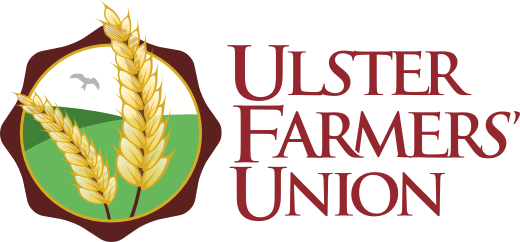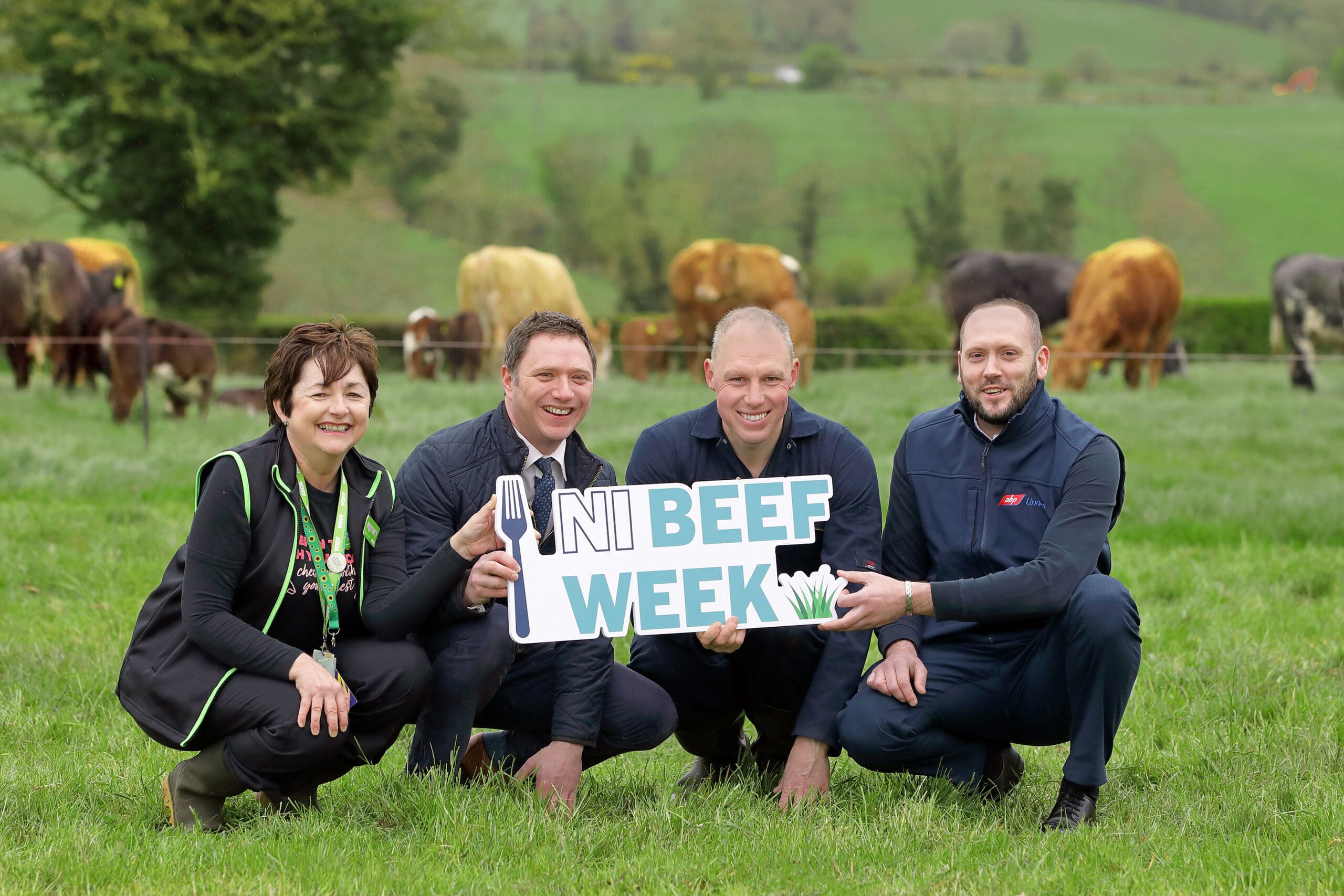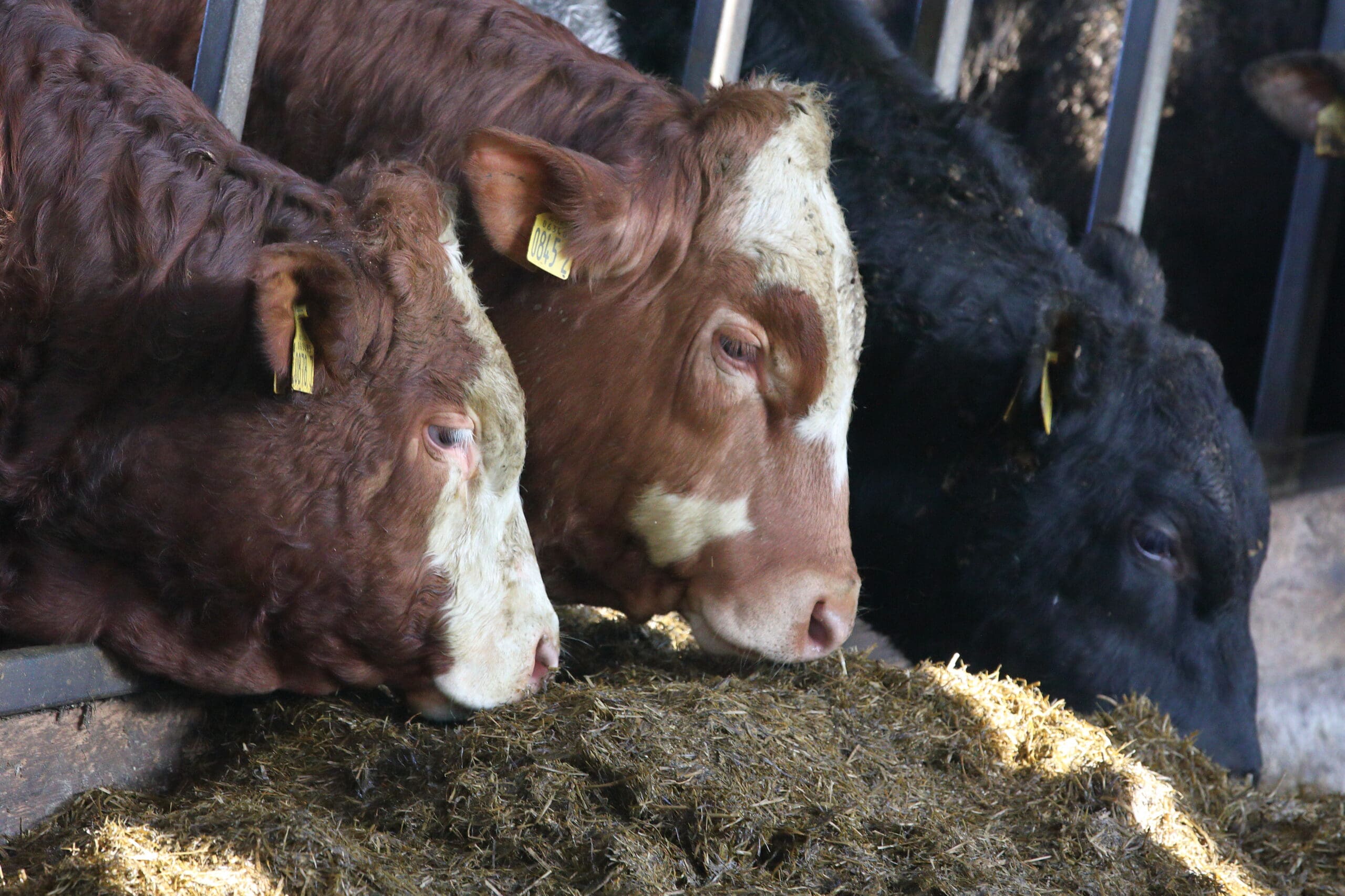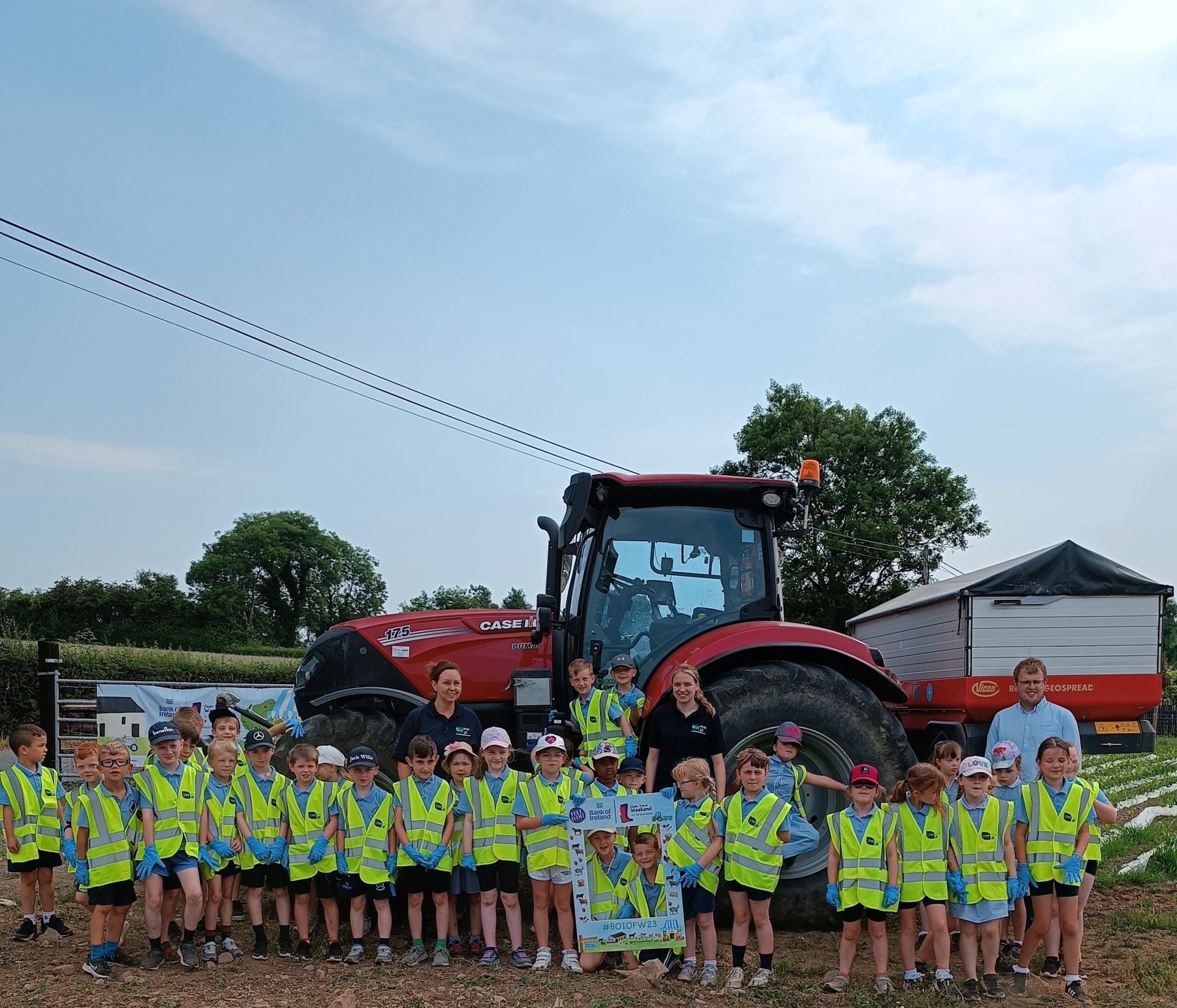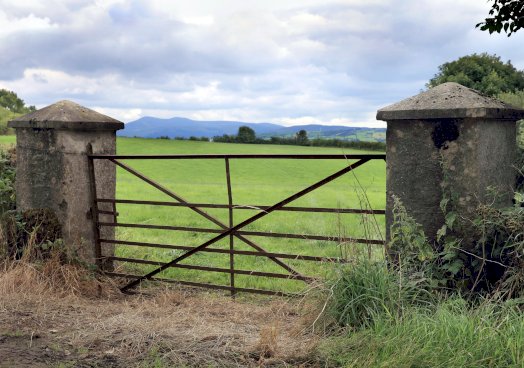
Commodity watch by policy officer Sarah Morrell
Landowners across Northern Ireland are becoming concerned about the potential dangers of diseased Ash Trees on their land.
Ash dieback, also called Chalara Ash Dieback, is a fungal disease which originated in Asia. Its introduction to Europe has devastated the European ash, which has no natural defence against it. It is estimated that 95 percent of the UK Ash Tree population will be affected by the disease. Despite ongoing scientific research, there is currently no cure or clear method for stopping its spread. Therefore, the aim of management, as outlined in the National Chalara Management Plan, should be to slow the spread, minimise the impact of the disease, and preserve as many chalara-tolerant Ash Trees as possible.
Farmers are concerned about trees on their own land, but they also have a responsibility to deal with trees along the roadside, footpaths or other public areas. The legal position is that the owner of the land where a tree stands, is responsible for the health and safety of those who could be affected by that tree. Liabilities can arise if trees or branches fall. The risk of an accident occurring increases as ash dieback weakens the tree and as we enter into wintery weather.
It is important that landowners can recognise the symptoms of ash dieback and other diseases, so they can deal with trees which pose a risk. It can be more difficult to identify trees infected with ash dieback at this time of the year as most trees have lost all their leaves by this stage in the season. Other symptoms to look out for are diamond shaped dark lesions where branches meet the trunk and brownish/grey bark under lesions.
Landowners should seek to identify infected trees and have them removed if they are a hazard. The Forest Service administers felling licence applications through its felling licence branch, is also available to assist with queries and advice. Applications are assessed against legal requirements, forestry standards and best practice guidance. A licence lasts at least five years. However, felling trees does not always require a licence. Removal of scrub consisting of young trees (up to 8cm in diameter), or lopping or topping trees, or felling a small volume of timber (up to five cubic metres in a calendar quarter) also does not require a licence.
The PSNI can close roads for facilitate tree felling. Firstly, landowners must contact the Department of Infrastructure and register their request which then notifies the PSNI.
This spread of ash dieback is changing our farmed landscape massively. The loss of so many trees will reduce available shelter and shade for livestock, water retention for soils stability and the look of our countryside. It is a balancing act for landowners to manage health and safety risk of infected trees and the role of trees in our environment.
